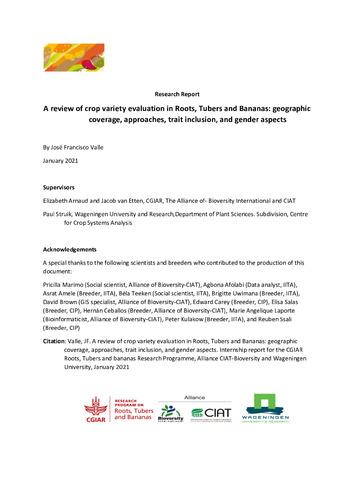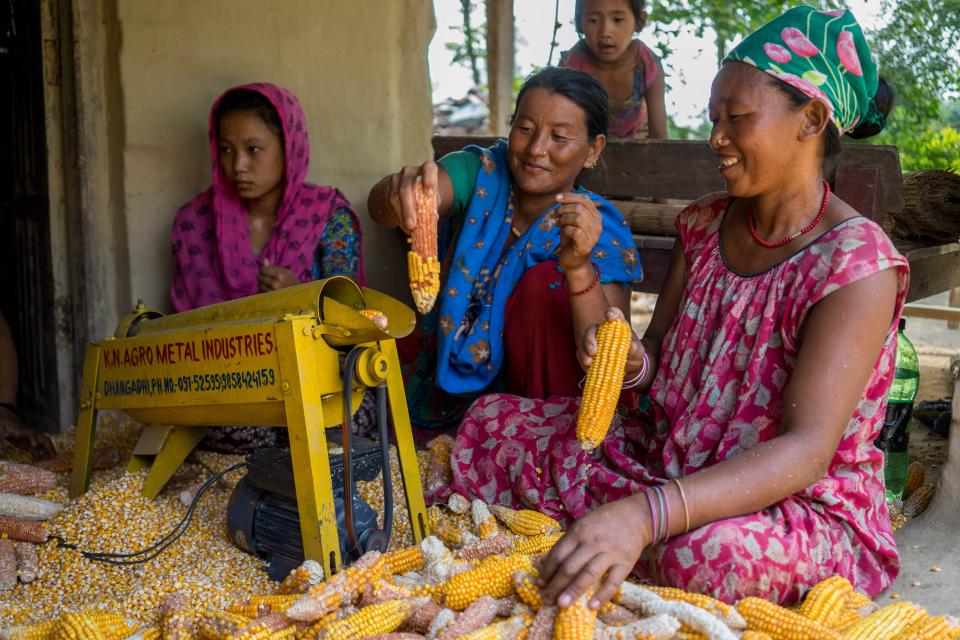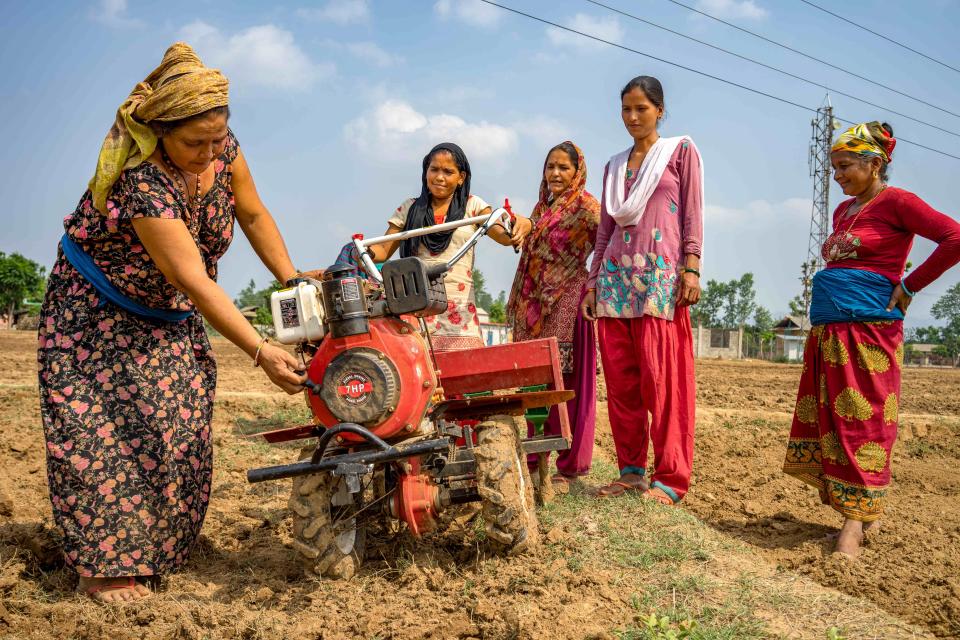Mapping women’s and men’s different needs for improved root, tuber and banana varieties
 Photo: Georgina Smith/CIAT.
Photo: Georgina Smith/CIAT.
This interdisciplinary and participatory method helps identify gender-differentiated preferences for characteristics of root, tuber and banana varieties, all along the food chain.
Why is the method important?
Gender affects people’s perceptions of which crop varieties are best – including for root, tuber, and banana (RTB) products. Many studies show that women prefer traits related to food security, productivity and use, whereas men tend to prefer traits related to production and marketing.
Breeding programs have previously focused less on quality characteristics of RTB products, which has adversely affected the adoption of new varieties.
To help people take up the new varieties, researchers are refocusing their attention on breeding programs to make them more appealing to producers and thinking about how the varieties will perform throughout the whole food chain.
Who is the method for?
The method is for varietal researchers, breeders and biochemists.
How can I use the method?
The method is applicable globally and was piloted for plantain, cassava, sweet potato and yams in Benin, Cameroon, Ghana, Nigeria, and Uganda.
It uses a 5-step process to develop a ‘Food Product Profile’ that summarizes the final priorities for quality characteristics for a RTB crop:
- understand gaps in knowledge about the product
- conduct gendered food-mapping exercise in communities (individual and group interviews with village and community leaders; and with people who grow, process and trade crop products)
- experienced processors conduct a participatory processing diagnosis
- test with consumers
- finalize the Food Product Profile and distribute to biochemists and breeders
The priorities reflect the demand from a variety of users along the food chain, which can inform further work of biochemists and breeders in developing improved selection tools, and informs technology design.
When and how was it developed?
Supported by the RTBfoods project, researchers published this method in 2021 based on the work of Fliedel et al. (2016) who developed an improved approach to assess the adoption of new cassava genotypes for breeders early in varietal improvement programs.
Where can I get the method? Who can I contact?
You can download the method here [260 KB].
Lora Forsythe
Forsythe, L, Tufan, H, Bouniol, A, Kleih, U & G Fliedel. 2021. “An interdisciplinary and participatory methodology to improve user acceptability of root, tuber and banana varieties.” International Journal of Food Science & Technology 56, no. 3: 1115–23.
Links
- End-user preferences for plantain food products in Nigeria and implications for…
- Quality attributes of fufu in South-East Nigeria: guide for cassava breeders
- Boiled yam end-user preferences and implications for trait evaluation
- Development of a food product profile for boiled and steamed sweetpotato in Uga…
- From cassava to gari: mapping of quality characteristics and end-user preferenc…
- Analysis of consumer-oriented quality characteristics of raw and boiled plantai…
- End-user preferences for pounded yam and implications for food product profile …
- Fried sweetpotato user preferences identified in Nigeria and Ghana and implicat…
- New approach for better assessing consumer acceptability of improved cassava fo…
Publications

A review of crop variety evaluation in Roots, Tubers and Bananas: geographic coverage, approaches, trait inclusion, and gender aspects

Guidelines to integrate a gender perspective in value chain development interventions by the CGIAR Research Program on roots tubers and bananas



